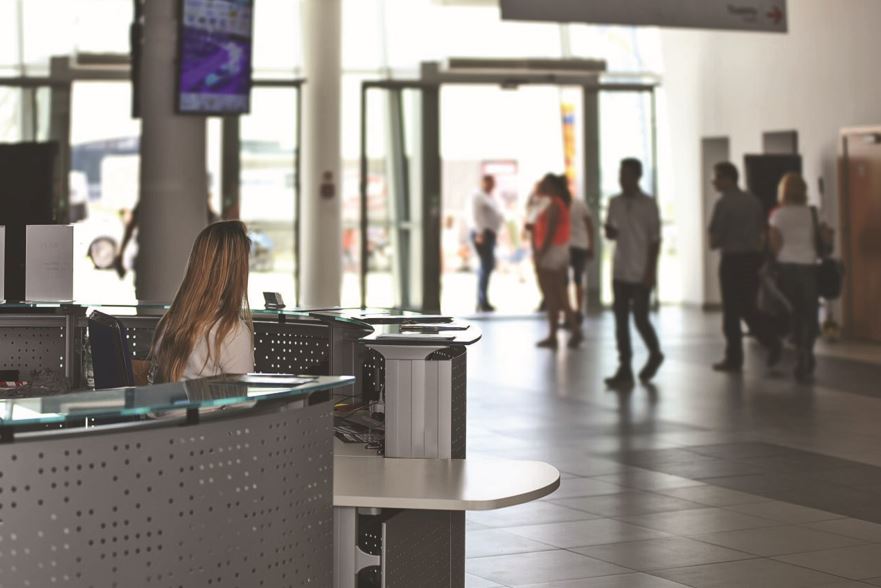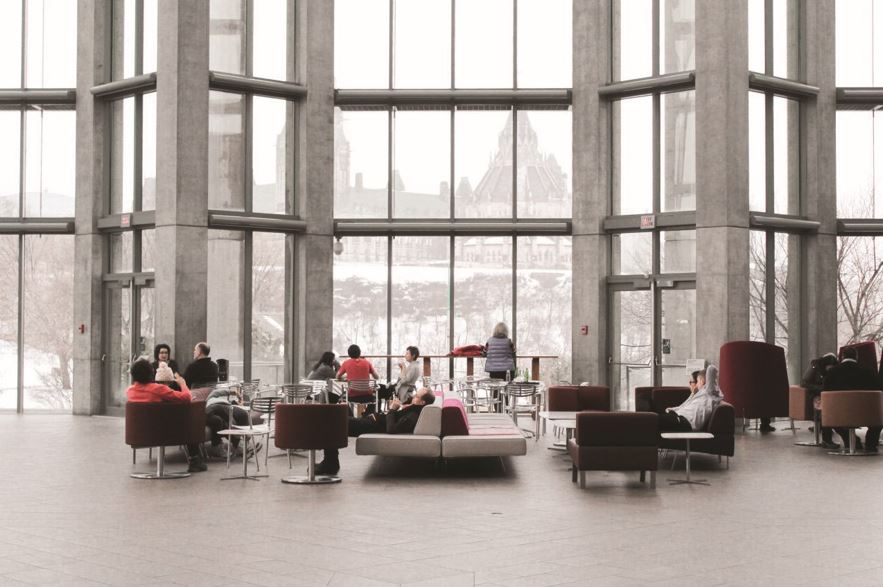
Penny Brinsley from Service Works Global discusses how the strategic use of sensors, facilities management software and the Internet of Things (IoT) can help university estate teams to drive sustainability on their campuses.
Sustainability is the hot topic for every business sector in 2023, and education is no different. The pressure to be more sustainable is coming from Government, employees, key stakeholders, and students. A 2021 study by the Times Higher Education found that a university’s sustainability policy and work is more important than location for mobile students. Furthermore, 69 per cent of surveyed students believed it was important for their future career prospects to demonstrate to employers that during their time at university they developed into a sustainability-minded citizen. A study by the National Union of Students further cements the importance of sustainability to students. It found that over 60 per cent of them want to learn more about sustainability at university, and 87 per cent said that their university should take sustainability more seriously. Smart use of technology offers estate teams numerous ways to drive efficiencies and cut costs. I’ll touch on a handful of examples in this article. Space management and sensors: Sensors can be placed around a campus to gather data on room use.
Facility managers (FMs) can then analyse that data and see when spaces are in use. For example, they may see that a lecture theatre is unused every Friday morning, or that a library is busiest between 2 and 4pm. These insights enable FMs to make smarter decisions around everything from HVAC usage to cleaning team schedules. In fact, sensors can capture all manner of meaningful data, including temperature, air quality and natural light coverage. Energy efficiency: The sensor data can be integrated with Computer Aided Facilities Management (CAFM) software to give FMs a holistic view of the entire estate at all times. Then, a combination of automated and human-led actions can ensure an estate is only using the energy required depending on occupant needs, as opposed to lights and heating systems being fully operational at all times. This ties in to understanding your energy profile. When you see where and when energy is being used, you can determine where there are opportunities to be more efficient. Asset management: Many higher education institutions comprise numerous buildings scattered across a campus or city. In some cases, there may be hundreds of buildings within a portfolio. While this can certainly be a challenge for FMs, it also presents a big opportunity to be more sustainable.
The first step is to create an asset register in your CAFM system. Ideally, this should track equipment based on location, model types and groups; it can also capture cost codes, management structures and maintenance history.This centralised information then allows FMs to manage assets across their whole lifecycle, reducing asset downtime, improving performance, extending equipment life and lowering maintenance costs – all of which support sustainability objectives. Building Information Modelling: Asset management can be further enhanced through the use of Building Information Modelling (BIM). A BIM model is a digital register of a building, its components and assets.

Combined with CAFM, estate teams have the ability to: store all warranty and compliance documents online; check asset locations, positions and access points in advance of works; access non-visible assets ahead of time; and monitor asset condition so that maintenance is scheduled only when required. All of which means operatives spend less time travelling and carrying out necessary site visits. Share your progress: It’s important to share your progress outside of the estate teams so others know about how you are contributing to a sustainable campus. This will ensure that it gets communicated to all interested parties, from senior leadership to prospective students. The built environment has a key part to play in our sustainable future. The technology is available now to drive change, so what are you waiting for?
